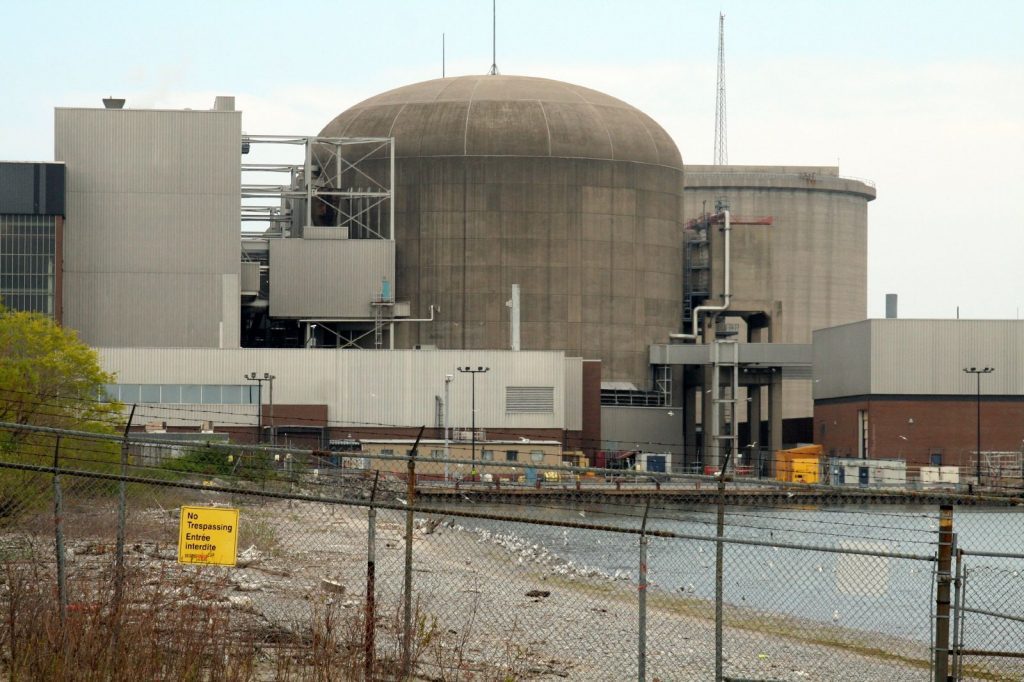Statement from Phil Pothen, Counsel & Land Use and Land Development Program Manager, Environmental Defence
By exempting Highway 413 project from Ontario’s Environmental Assessment Act, Greenbelt Plan and circumventing Indigenous consultations, the new law removes any serious pretense of a provincial environmental process.
Toronto | Traditional territories of the Mississaugas of the Credit, the Anishinaabeg, the Haudenosaunee, and the Wendat – This afternoon’s passage of Bill 212, which exempts the Highway 413 scheme from the provincial government’s Environmental Assessment Act, leaves Canada with no alternative but to designate the project for federal impact assessment under the federal Impact Assessment Act. Bill 212 will also carve the Ontario government’s preferred Highway route out of the provincial Greenbelt Plan and circumvent any meaningful provincial consultation with Indigenous nations on whether, or even where, the highway will be built. This means that Canada’s federal government will need to rely on its own laws and processes to discharge its free-standing Constitutional responsibility to ensure the protection of inland fish species (like the endangered Redside dace), fish and fish habitat and navigable waters, and to ensure meaningful consultations with Indigenous nations on any decisions affecting lands to which they are connected.
Even prior to the passage of Bill 212, the case for re-instating the federal government’s Impact Assessment of the Highway 413 project was overwhelming. Technical problems with the Impact Assessment Act, which led to discontinuation of an earlier impact assessment designation, have since been remedied by the federal parliament through the passing of the Budget Implementation Bill in June 2024, and Canada’s Memorandum of Understanding with Ontario’s provincial government clearly reserves its right to re-designate the project. Just this past August, the federal government issued a Recovery Strategy and Action Plan for the Redside Dace (federally endangered in Canada) that designates much of the 413 route as within that species’ critical habitat, establishing an undeniable technical justification for a federal Impact Assessment.
However, Premier Ford had hoped to pressure the federal government to do nothing on the pretext of relying upon the province’s much weaker Environmental Assessment Act. With the outright cancellation of that assessment, that last remaining potential excuse for federal inaction has been removed. Minister Steven Guilbeault and his colleagues in the federal government caucus now have to act directly. That means a fresh, independent federal impact assessment and denial of any and all Species at Risk Act and navigable waters permits associated with the 413 proposal for the foreseeable future.
While the provincial government’s Environmental Assessment Act process was already inadequate, Bill 212 would cancel it for 413 altogether. Instead, it allows only a series of limited studies focused on “local environmental conditions” and prescribes that anything revealed about “sensitive natural or cultural heritage matters” will be kept secret. It would render Indigenous consultation on the most significant questions about the 413 meaningless by allowing destructive so-called “early works” on the government’s favored route to happen before consultations occur.
Premier Ford and the Ontario government have made it clear that the provincial environmental impacts of Highway 413 don’t matter to them. But that doesn’t change the federal government’s obligation to use its own powers to prevent environmental harm that falls within federal jurisdiction.
ABOUT ENVIRONMENTAL DEFENCE (environmentaldefence.ca): Environmental Defence is a leading Canadian advocacy organization that works with government, industry and individuals to defend clean water, a safe climate and healthy communities.
– 30 –
For more information or to request an interview, please contact:
Lauren Thomas, media@environmentaldefence.ca







